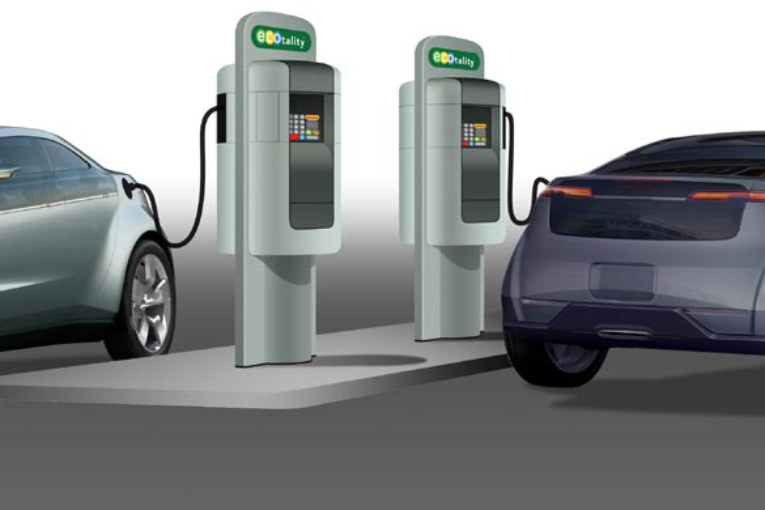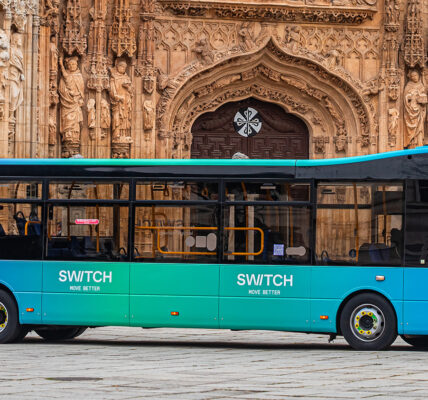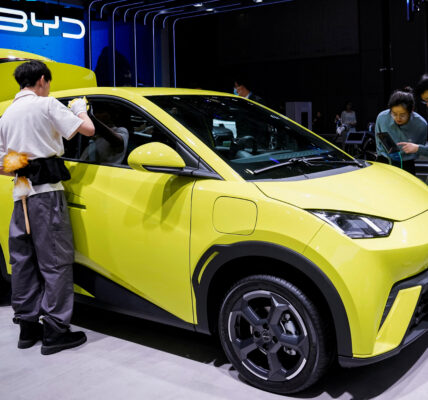With the world still changing and trying to adjust to the post-COVID era, the electric car industry has also already gone mainstream with sleeker, more affordable options to choose from. However, many consumers are still confused about shifting from internal combustion engine (ICE) vehicles to electric options.
The car drivers, who mostly look for a low-maintenance option to fulfil their daily transportation needs, usually prefer fossil-fuel-powered cars as they don’t know about the advantages which an electric car offers over its ICE counterpart.
The Indian government, along with global car manufacturers, are encouraging the use of electric vehicles (EVs) and are busily expanding and improving the charging infrastructure around the country.
Pros of Shifting from an ICE vehicle to an EV:
Low environmental impact: Vehicles that run on fossil fuels produce by-products like harmful greenhouse gases which saturate the atmosphere and ultimately generate air pollution. Therefore, opting for an electric vehicle automatically leads to zero emissions, reduced carbon footprint and finally goes in an environmentally friendly direction. Apart from this, charging EVs with renewable energy which depends on sources like solar, wind and hydropower also ensures no CO2 is emitted at any phase of vehicle usage.
Savings: Amid the rising fuel prices, electric cars are much more cost-efficient than their ICE counterpart, both in the short as well as long run. Usually, a petrol car can cost around Rs 10 to Rs 15 per kilometre of travel. An electric car, on the other hand, costs approximately Rs 1.2 to 1.5 per for the same distance, depending on the current electricity costs.
Tax benefits: To increase EV adoption in India, several states have waived-off road tax on the purchase of EVs. In addition to this, the centre’s Faster Adoption and Manufacturing of (Hybrid &) Electric Vehicles (FAME) schemes (I and II) are also helping accelerate transport electrification, and improve charging infrastructure. These schemes help reduce 5 per cent GST on EVs and offer up to Rs 1,50,000 exemption on income tax on interest payments for EV loans.
Lower maintenance costs: ICE powertrains consist of a load of moving parts such as pistons, transmission, and fuel injection system that need proper and timely maintenance. However, electric cars don’t have many moving parts, which means less expense of replacing parts and even lesser on maintenance. Interestingly, due to EVs having far fewer moving parts than their ICE counterparts, electric cars also last longer because of less wear and tear.
More convenience: Because there is no exhaust system, no transmission, and no heavy engines, EVs generally operate much more smoothly and quietly. This leads to less noise pollution and a more relaxing ride. The reaction time for electric motors is much quicker than for mechanical engines, resulting in more torque and agility while driving. Additionally, electric cars are also much more efficient and aerodynamic, which helps them use less energy in stop-and-go city traffic.
Although EVs are generally more advantageous than ICE cars, they still have some drawbacks. The following are a few of the demerits of an EV:
Higher prices: EVs are usually more expensive than their fossil fuel counterparts. This also results in nullifying the savings one expects to generate by not spending on a petrol or diesel car.
This is because currently the cost of batteries used to power the EV costs generally up to 60-80% of the entire car. However, as the adoption of EVs keeps on increasing, those prices would steadily keep going down as well.
Limited charging stations: The lack of charging stations is also a major point of anxiety which discourages customers from buying an EV. Due to the lack of chargers outside the urbanised area of a city, long journeys could easily become a tricky situation since there’s always the fear of getting stuck in the middle of nowhere with no charging station nearby.
Long charging time: Currently, juicing up the battery of an EV takes a long time compared to refilling a fuel tank, making this a huge advantage for petrol/diesel cars over any EVs. While the normal power outlets could take up to a day to get a full charge of a battery pack, even the fastest charging stations could take around 30 minutes for up to 80 per cent of capacity, depending on car type and battery size.
Limited driving range: The driving range of ICE cars is much longer than that of an electric vehicle, which can range from 150 kilometres to 500 kilometres depending on the type and battery size of the car.
Expensive battery packs: Although the maintenance cost for an EV is usually low, if the electric car’s battery pack reaches the end of their life cycles, then it might cost up to 80% of the total EV as the batteries of EV are the usually most expensive part of the car.







